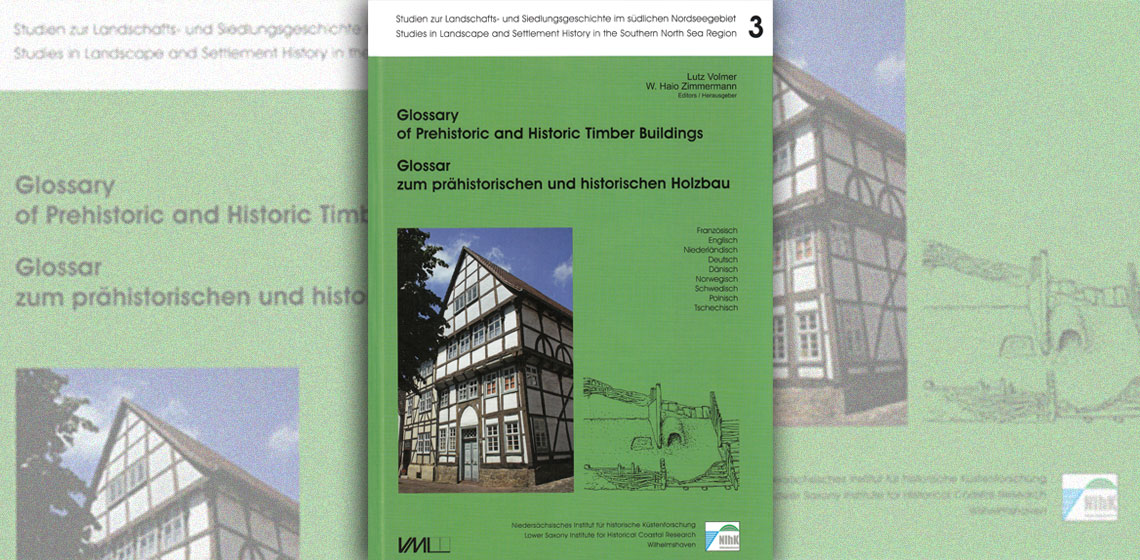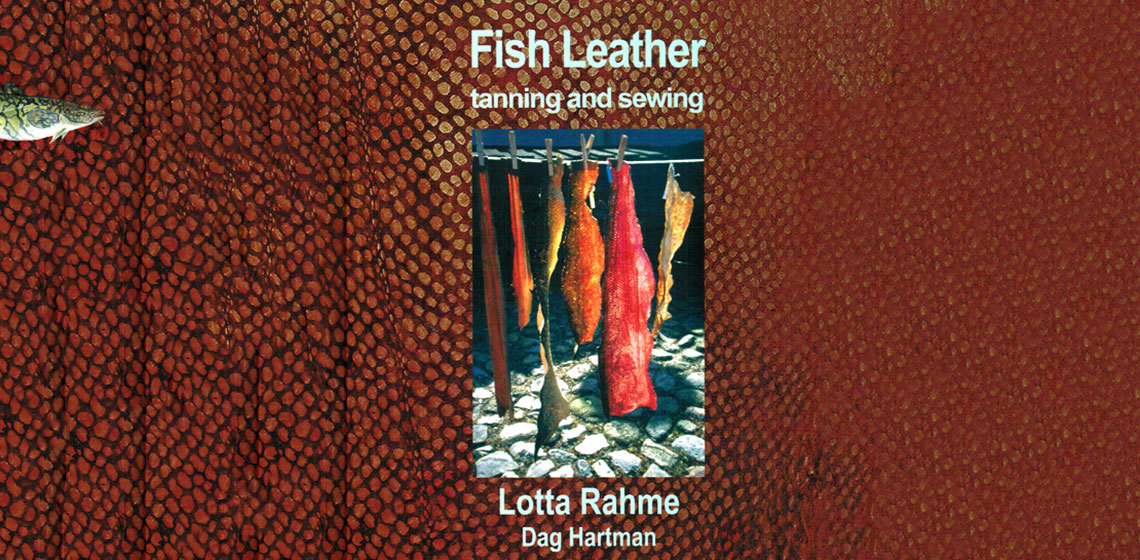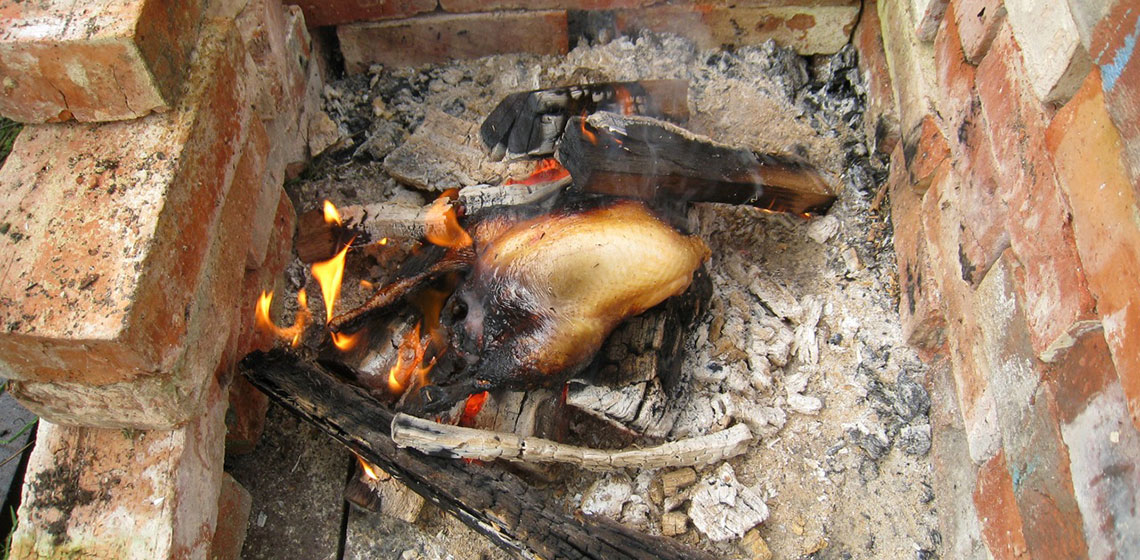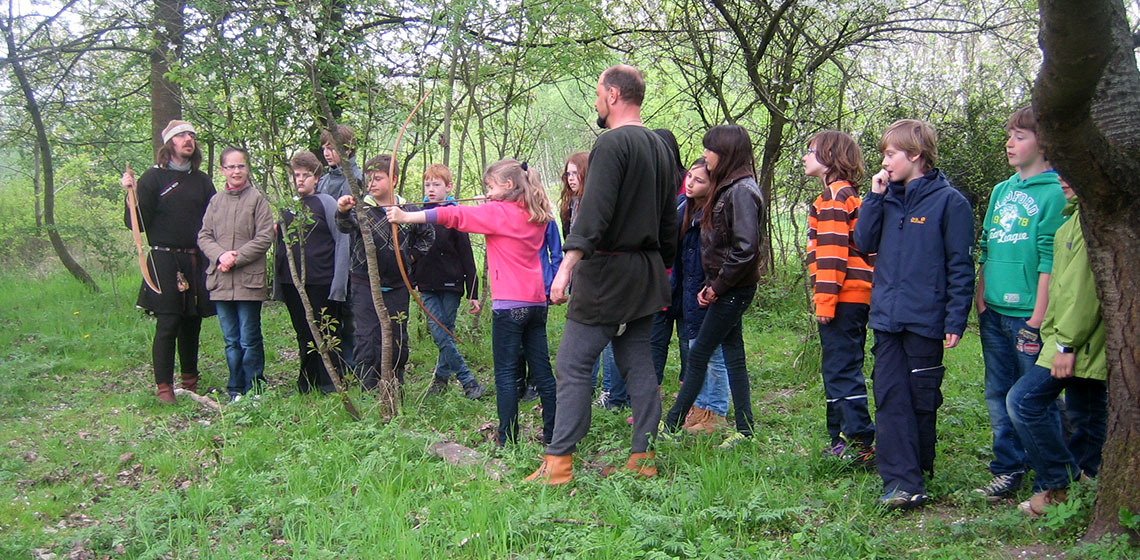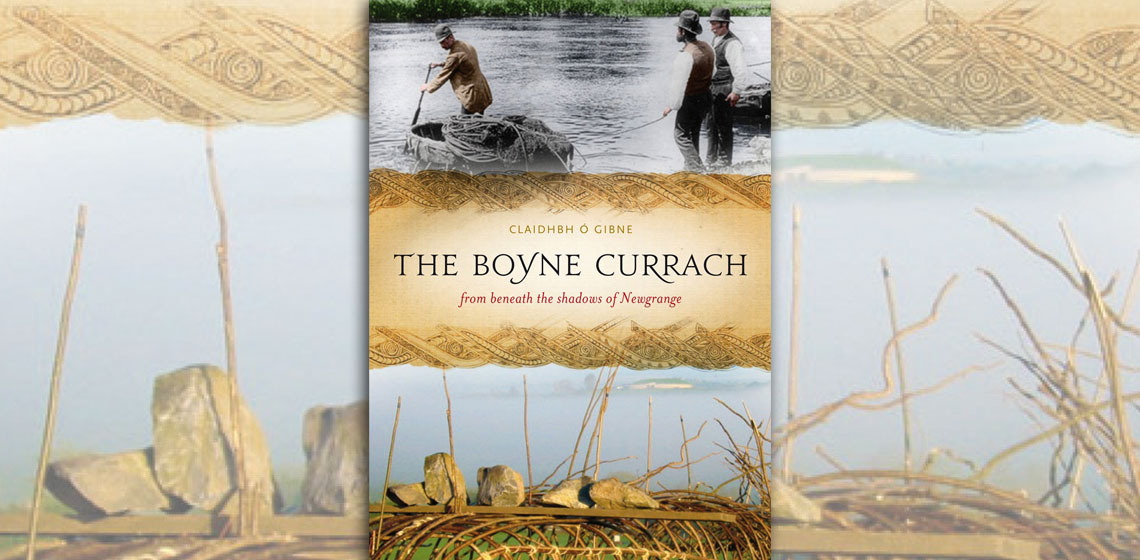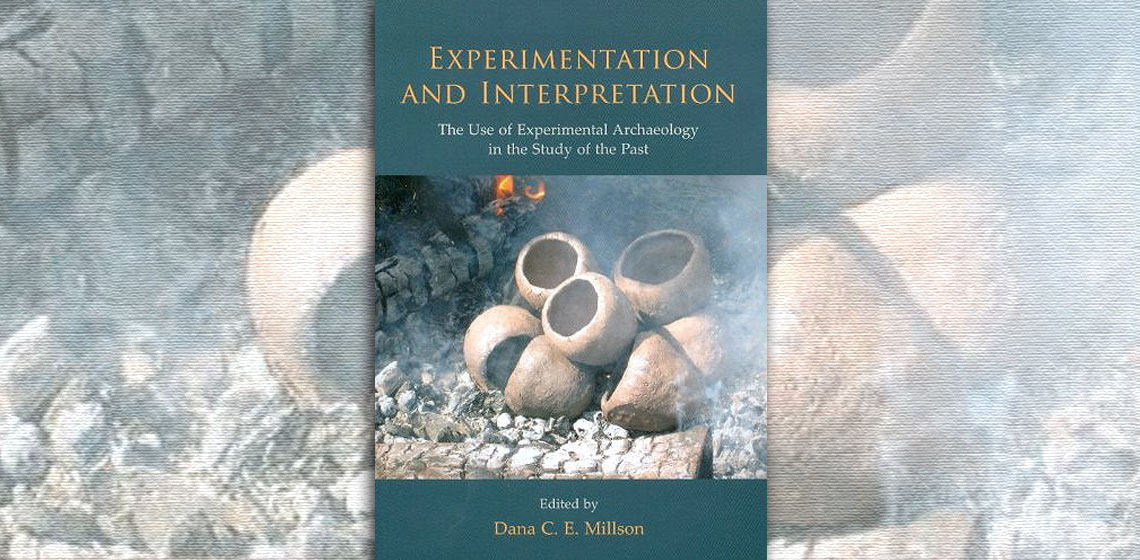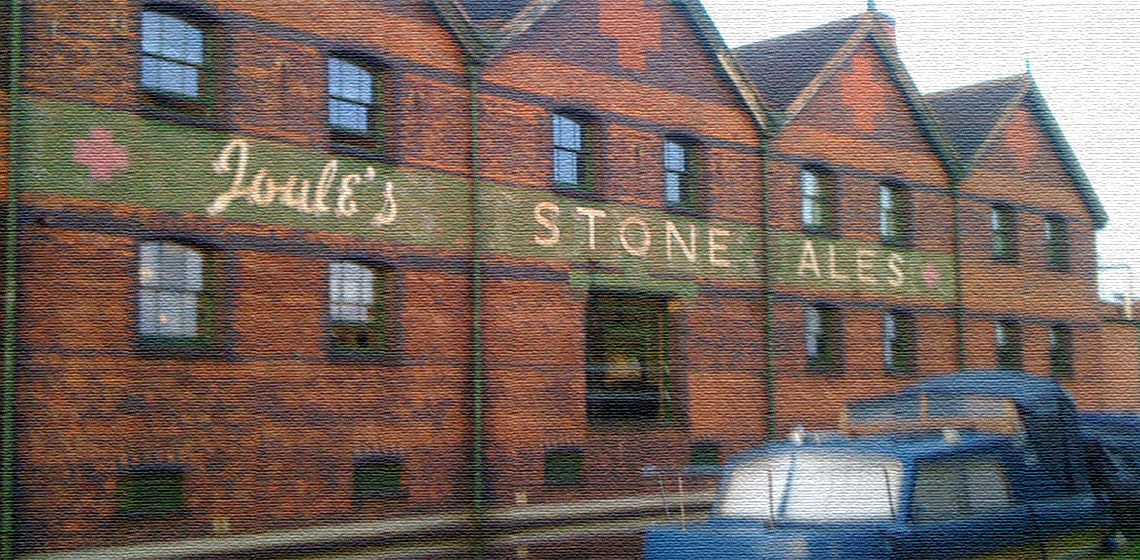Early Middle Ages
Book Review: Glossary of Prehistoric and Historic Timber Buildings by Lutz Volmer and W. Haio Zimmermann (ed.)
Publication Date
The 1987 conference in Århus, Denmark on ESF Workshop on the reconstruction of wooden buildings from the prehistoric and early historic period has been important to EXARC as we have acquired, and are gradually publishing, the manuscripts of the unpublished proceedings....
Book Review: Fish Leather Tanning and Sewing by Lotta Rahme and Dag Hartman
Publication Date
Judging from the extensive bibliography in this book, little to no literature exists on fish leather tanning in English. A quick Google and Amazon search reveals that a good general book on leather tanning includes at least one chapter on fish, reptile and other "alternative" skins...
Discussion: Food - Reconstruction and the Public
Publication Date
For a BBC program in 1954, Sir Mortimer Wheeler tasted a reconstruction of the Tollund Man’s last supper, which turned out to be a tasteless mush. This led him to announce: "I believe that the poor chap of Tollund committed suicide because he could stand his...
The Production of High Carbon Steel Directly in Bloomery Process: Theoretical Bases and Metallographic Analyses of the Experiments Results
Publication Date
7th UK EA Conference Cardiff 2013
***The series of experiment on iron smelting conducted by author in 2012 resulted in very good quality high carbon steel produced directly in the bloomery furnace. Bearing in mind the unusual mechanism of carburization in a 'Aristotle furnace', a question arose concerning possibility of occurrence the same phenomenon during the smelting process. This paper discusses the results of the metallographic studies of produced iron as well as the description of the conducted experiments.
***The series of experiment on iron smelting conducted by author in 2012 resulted in very good quality high carbon steel produced directly in the bloomery furnace. Bearing in mind the unusual mechanism of carburization in a 'Aristotle furnace', a question arose concerning possibility of occurrence the same phenomenon during the smelting process. This paper discusses the results of the metallographic studies of produced iron as well as the description of the conducted experiments.
Fire and Bone: An Experimental Study of Cremation
Publication Date
7th UK EA Conference Cardiff 2013
***Many bone fragments have been burned in controlled laboratory conditions but few have been burned on outdoor pyres. In order to study and understand cremated bone, it is crucial to conduct experiments in real environmental conditions. In this study several cremations were carried out outdoors...
***Many bone fragments have been burned in controlled laboratory conditions but few have been burned on outdoor pyres. In order to study and understand cremated bone, it is crucial to conduct experiments in real environmental conditions. In this study several cremations were carried out outdoors...
A Playground Amongst Museums - The Bauspielplatz: from an Open-air Youth Centre to a History Experience Site - an Unusual Development
Publication Date
Being a Bauspielplatz [adventure playground] usually means that children have a place to meet, play, be creative, get in contact with animals and nature and even do ‘dangerous’ things - with some pedagogical guidance. It is part of local social work, similar to a youth centre...
Book Review: The Boyne Currach: from Beneath the Shadows of Newgrange By Claidhbh Ó Gibne
Publication Date
Claidhbh Ó Gibne has devoted himself to building traditional currachs and researching their history. His new volume, The Boyne Currach: From beneath the shadows of Newgrange, puts the currach in the context of the history of...
Book Review: Experimentation and Interpretation, The Use of Experimental Archaeology in the Study of the Past by Dana C. E. Millson
Publication Date
What role does experimental archaeology have in the wider discourse? According to the papers in this book, all of which were presented at the Theoretical Archaeological Group (TAG) conference in Southampton in 2008, a large one...
A Personal Experience in Communicating History: Tales From the River Trent
Publication Date
Saturday 1 September dawns gloriously, and is unseasonably sunny. Our fingers are crossed that this is the Indian Summer we'd been praying for all August since we intend to do a lot of walking in the next three weeks...
Book Review: Experimentelle Archäologie in Europa, Bilanz 2011
Publication Date
Annual Proceedings of the EXAR Tagung
***Bilanz 2011 once again supplies an exciting, diverse and interesting view into the world of experimental archaeology. Published by EXAR in cooperation with the Pfahlbaumuseum Unteruhldingen, Isensee Verlag, Oldenburg 2011, 270 pp, ISBN 978-3-89995-794-5
***Bilanz 2011 once again supplies an exciting, diverse and interesting view into the world of experimental archaeology. Published by EXAR in cooperation with the Pfahlbaumuseum Unteruhldingen, Isensee Verlag, Oldenburg 2011, 270 pp, ISBN 978-3-89995-794-5

